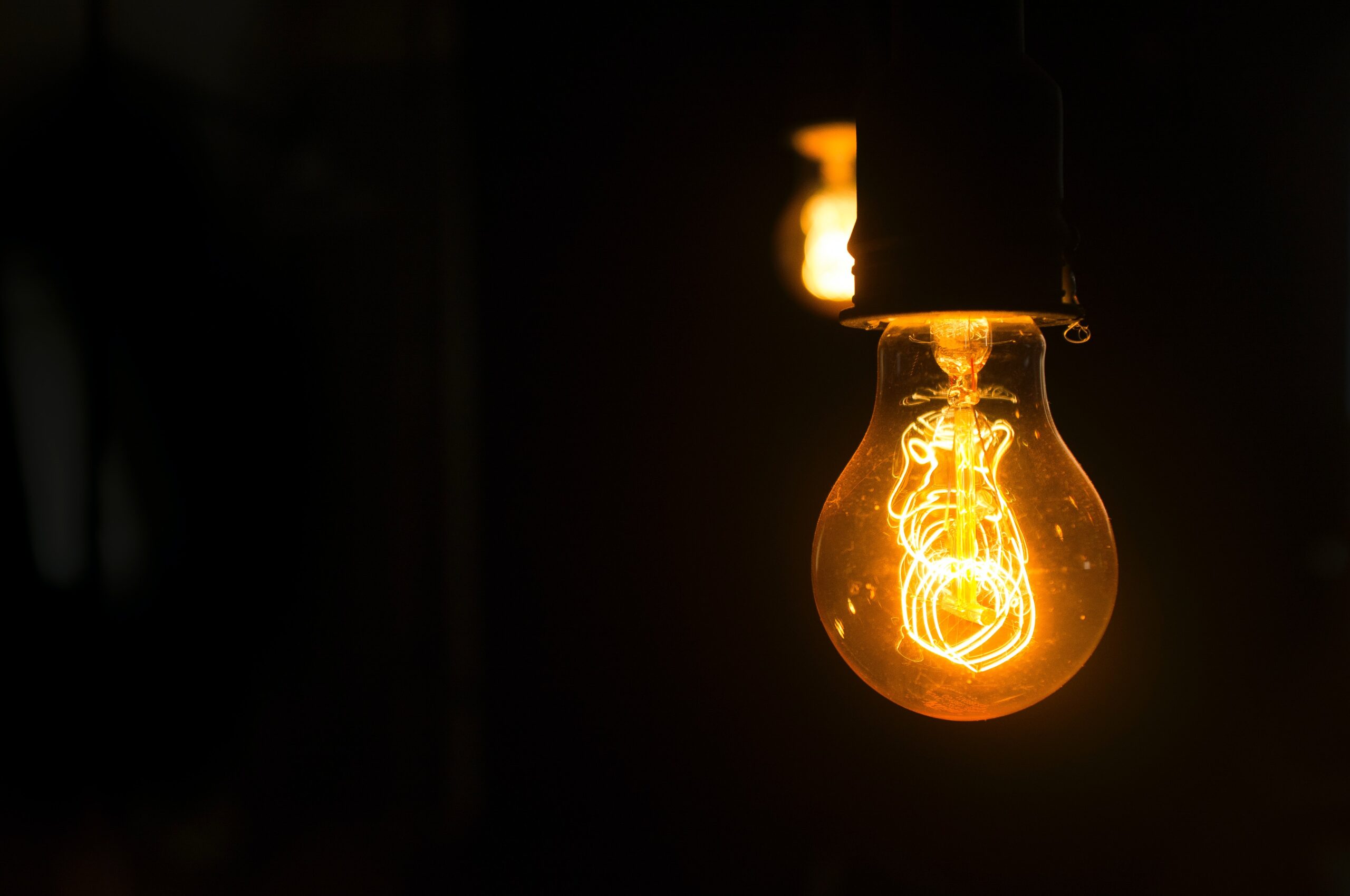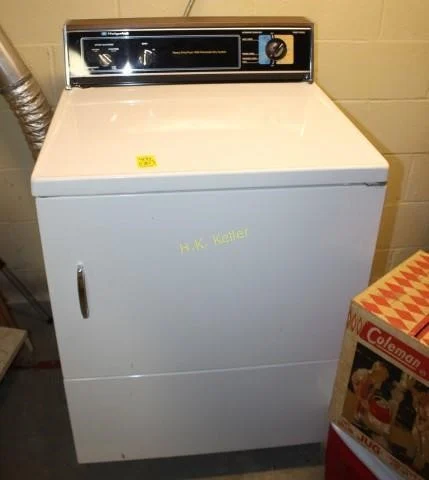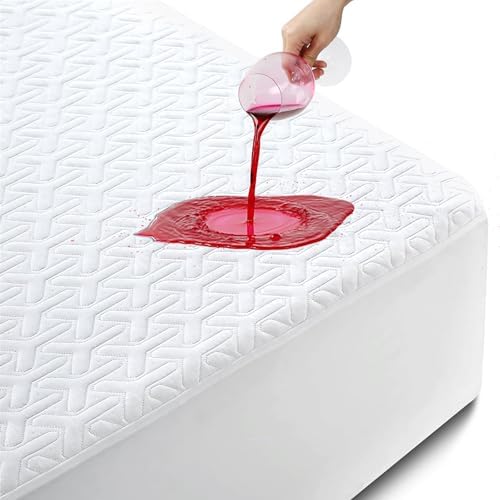3 Power Surge Causes and 3 Things You Can Do About it
All our modern necessities require electricity. We heat our water with it, we refrigerate our food with it, we even use it to power our favorite forms of entertainment: TV’s, cell phones, computers, and game consoles. During the winter months our electrical supply can be exceptionally fragile, increasing the risk of damaging and dangerous power surges. Here’s why.
Causes of power surges:
- Increased power consumption
It’s cold outside, so we decorate the tree, turn up the heat, make some popcorn and sit down for a movie on our 75-inch TV and full surround sound audio. Little do we realize that all this extra power usage takes a toll. With the increase in consumption the power grid can overcompensate and send a surge through your home’s circuit, potentially toasting anything you have plugged in.
- Damaged wires
As the seasons change the temperature changes can cause damage to the cable coating, and in winter critters like mice seek shelter wherever they can find it, sometimes coming across a warm, tasty wire to chew on. Leaving wires exposed means a greater risk of a shorting circuit. If this is happening in your home, you’re likely to see burn marks on or around your outlets or smell a burning odor when you plug in an appliance or electronic. You’ll want to call an electrician immediately!
- Ice and Snow Related Outages
When ice and snow cover the power cables, it puts extra stress on the electrical grid. You might see lights flickering or experience a surge as the grid tries to compensate for the additional resistance. Anything not properly protected can be irreparably damaged as a result.
What To Do About It
- Unplug
Any unused appliances, electronics, or accessories, just unplug them. That toaster you use for 3 minutes every morning, that TV in the other room, or any lights left on in unoccupied spaces are all taxing the electrical grid. Simply unplugging or switching these off not only lowers your electric bill, it lowers your risk of a power surge too.
- Protect Your Electronics
Simple yet strategic, you can buy surge protectors for all your major appliances, especially those you can’t live without, to protect them in case a power surge does occur. Refrigerators, stoves, and TVs should all be connected to an outlet through a surge protector. Keep in mind, not all power strips are created equal! In fact, some aren’t even surge protectors, though they may look like it. Look for the power strips with a Joule rating (at least to 200-400, or up to 600 for better protection) to ensure you’re getting the protection you need.
- Protect Your Whole Home
Alternatively, you can now buy, or request from your electricity provider, a whole home surge protector. They run as low as $100 on Amazon and affix to the outside of your house and protect all the circuitry, electronics, and appliances within. Especially useful in households with kids or multiple people where it’s harder to keep track of where that game console or mini fridge is getting plugged into. This way you’re protected no matter what.
The Winter months put us all at a little higher risk for power surges, but there are things we can do to prevent them from causing any damage. Some easy preventative measures can go a long way to protecting your essential appliances and the electronics we can’t live without. Don’t wait! Protect your home today.






